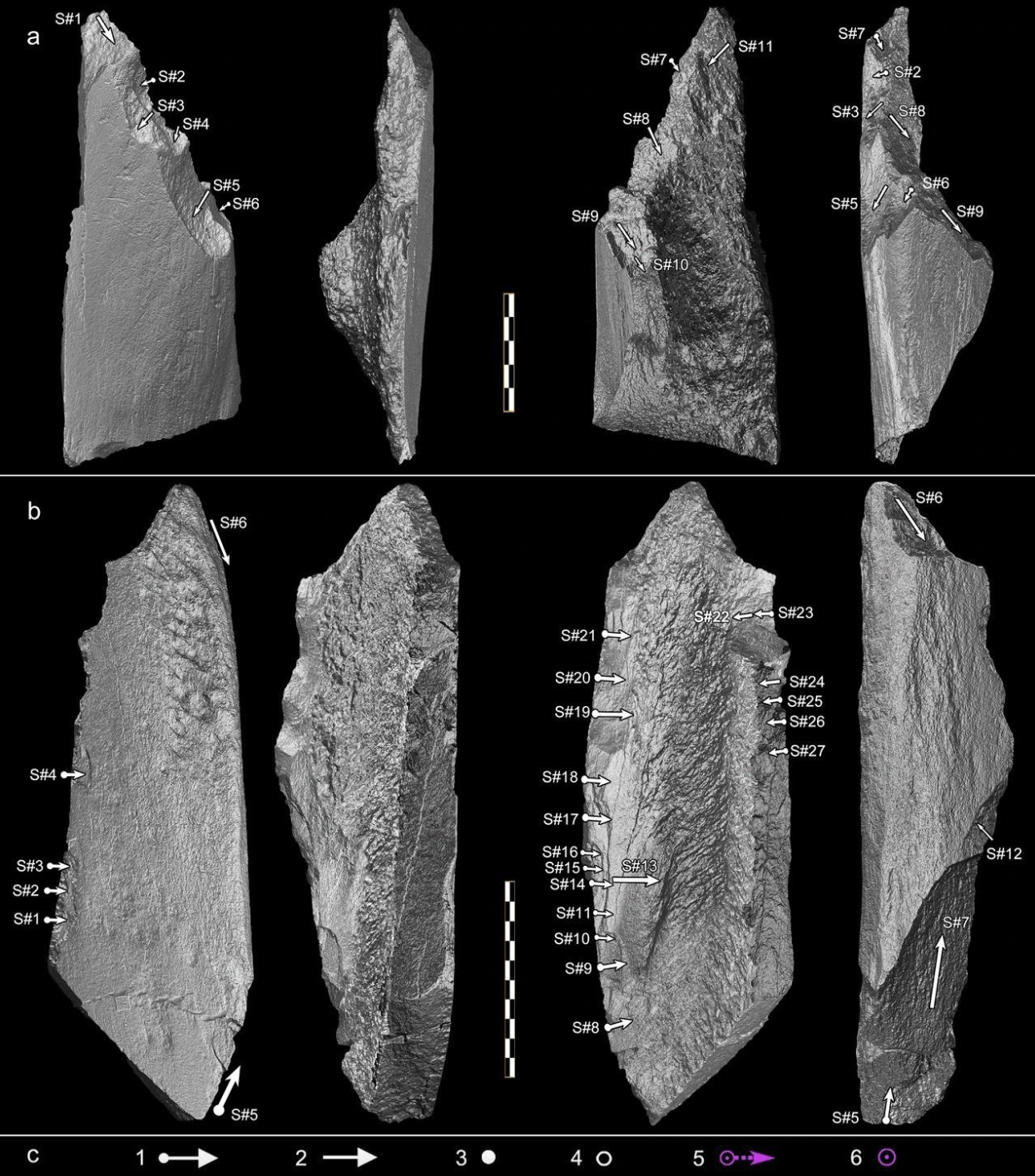1.5-Million-Year-Old Bone Tools Discovered in Tanzania Rewrite Early Hominin History!
Archaeologists have unearthed a remarkable collection of bone tools at Olduvai Gorge in Tanzania, dating back an astonishing 1.5 million years. This groundbreaking discovery pushes back the timeline of systematic bone tool production by over a million years, challenging previous beliefs about the technological capabilities of early hominins.
A Game-Changer in Early Tool-Making
Crafted from the bones of elephants and hippopotamuses, these tools showcase an advanced level of cognitive ability and craftsmanship. Until now, it was thought that such sophisticated tool-making only emerged much later in human evolution.
Dr Ignacio de la Torre, lead author of the study and a researcher at the Spanish National Research Council (CSIC), highlighted the significance of the find. He explained that early human ancestors "significantly expanded their technological options" by incorporating new materials into their tool-making repertoire.
The research team analysed 27 bone fragments, identifying clear signs of deliberate shaping using a technique known as knapping. While this method is usually associated with stone tools, its application to bone suggests a deeper understanding of materials and their potential uses.
Photo Credit: I. de la Torre et al., Nature (2025)
Where Were These Tools Found?
The tools were discovered at the T69 Complex in the Frida Leakey Korongo West Gully of Olduvai Gorge, a site rich in archaeological significance. They were found alongside remains of large mammals, particularly limb bones, which are denser and more durable than other types of bones—ideal for crafting long-lasting implements.
The excavated tools varied in size, with elephant bone tools measuring between 22 and 38 cm (8.6 and 15 inches) and hippo bone tools ranging from 18 to 30 cm (7 to 11.8 inches). Their large size and sturdy construction suggest they were likely used for processing animal carcasses, though their exact function remains a topic of ongoing study.
Redefining the Origins of Bone Tool Technology
Before this discovery, the oldest known bone tools were found in Europe and were dated to between 250,000 and 500,000 years old. While evidence of stone tool knapping stretches back 3.3 million years, systematic bone tool production had remained largely absent from the archaeological record—until now.
Dr Renata Peters, an archaeologist at University College London and co-author of the study, sees this discovery as a major shift in our understanding of early hominin cognition. “It means that human ancestors were capable of transferring skills from stone to bone, a level of complex cognition that we haven’t seen elsewhere for another million years,” she noted.
What Does This Mean for Human Evolution?
This discovery also sheds new light on the transition from Oldowan to Acheulean technology, which began around 1.7 million years ago. The Acheulean period is best known for its refined hand axes, which display more standardised and symmetrical shapes than earlier tools. The fact that early hominins applied similar knapping techniques to bone suggests they had a deeper understanding of materials and how to manipulate them effectively.
At present, researchers cannot confirm which species of hominin made these tools, though both Homo erectus and Paranthropus boisei are known to have lived in the region at the time. The tools’ sharp edges and sturdy construction indicate they were likely used for butchery or other practical tasks.
Photo Credit: I. de la Torre et al., Nature (2025)
A Landmark Discovery for Archaeology
Jackson Njau, a co-author of the study and an associate professor at Indiana University, has long been fascinated by Olduvai Gorge. “As a Tanzanian native, I’ve been captivated since my high school days by the groundbreaking discoveries made at the site,” he said. He emphasised Olduvai’s reputation as the “Cradle of Humankind,” a key location for understanding early tool-making and cultural advancements.
The excavation that led to this discovery took place between 2015 and 2022, though the first bone tools were identified in 2018. The site initially caught researchers' attention after hominin teeth were found on the surface during a survey in 2010-2011, led by Njau and Robert Blumenschine, a professor emeritus of evolutionary anthropology at Rutgers University.
What’s Next for Archaeological Research?
The implications of this discovery extend far beyond Olduvai Gorge. Researchers now hope these findings will prompt re-examinations of bone artefacts from other archaeological sites, as it is possible that early examples of bone tool-making have gone unnoticed.
By rewriting what we know about early hominin technology, this discovery adds yet another fascinating piece to the puzzle of human evolution. As more evidence emerges, we may find that our ancestors were far more innovative than previously thought.

